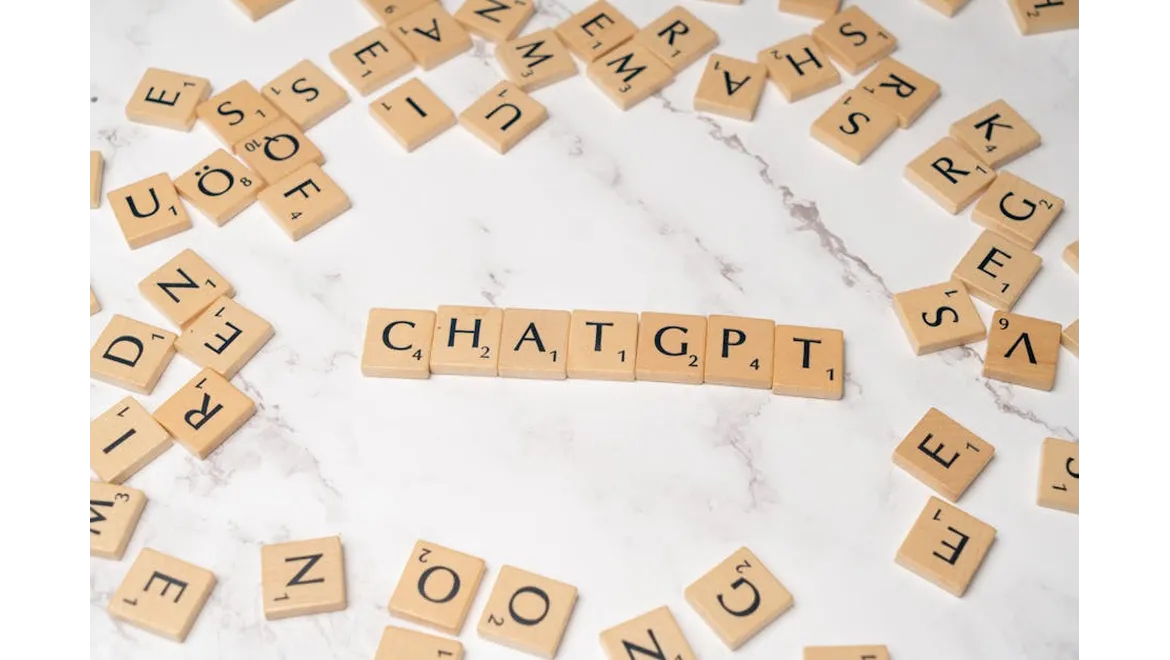When I first delved into the world of Natural Language Processing (NLP), I had no idea how profoundly it would transform my approach to writing ad copy. Combining the intricacies of linguistics with the precision of machine learning, NLP has become an indispensable tool in my arsenal. Here’s a step-by-step guide on how I harnessed this technology to craft engaging ad copy, and how you can do the same.
Understanding the Basics of NLP
Before diving into the practicalities, it’s essential to understand what NLP entails. Natural Language Processing is a branch of artificial intelligence that focuses on the interaction between computers and human language. In practical terms, it enables machines to understand, interpret, and generate human language. When applied to ad copy, NLP helps in understanding consumer sentiment, generating catchy phrases, and even predicting the effectiveness of different word choices.
Setting Up Your Tools
The first step in my journey was setting up the right tools. Python, with its extensive libraries for NLP, became my go-to programming language. I recommend starting with the Natural Language Toolkit (NLTK) and spaCy, both of which offer robust functionalities for text processing.
- Install Python: If you haven’t already, download and install Python from the official website.
- Install NLTK and spaCy: Open your terminal and run:
bash
pip install nltk spacy - Download Language Models: For spaCy, you’ll need to download language models. Run:
bash
python -m spacy download en_core_web_sm
Data Collection and Preprocessing
Data is the backbone of any NLP project. I started by collecting a substantial amount of existing ad copy. This could be from your previous campaigns, competitors, or even publicly available datasets.
- Gather Data: Compile a dataset of ad copies in a CSV file with columns for the text, sentiment, and performance metrics.
-
Clean the Data: Use Python to remove any noise, such as HTML tags, special characters, and stop words. Here’s a snippet to clean your text:
“`python
import re
import nltk
from nltk.corpus import stopwordsnltk.download(‘stopwords’)
stop_words = set(stopwords.words(‘english’))def clean_text(text):
text = re.sub(r'<.*?>’, ”, text) # Remove HTML tags
text = re.sub(r'[^A-Za-z\s]’, ”, text) # Remove special characters
text = text.lower() # Convert text to lower case
text = ‘ ‘.join(word for word in text.split() if word not in stop_words) # Remove stop words
return text
“`
Sentiment Analysis
Sentiment analysis helps in understanding the emotional tone behind ad copy, which is crucial for crafting messages that resonate with your audience.
-
Load Data: Load your cleaned data into a DataFrame.
“`python
import pandas as pddf = pd.read_csv(‘ad_copy.csv’)
df[‘cleaned_text’] = df[‘text’].apply(clean_text)
2. **Sentiment Analysis**: Use the TextBlob library for a quick sentiment analysis.python
from textblob import TextBlobdef get_sentiment(text):
analysis = TextBlob(text)
return analysis.sentiment.polaritydf[‘sentiment’] = df[‘cleaned_text’].apply(get_sentiment)
“`
Generating New Ad Copy
With insights from sentiment analysis, you can now generate new ad copy. I used GPT-3 from OpenAI for this task, but you can use other models like GPT-2 or even simpler Markov Chains for a start.
-
Set Up GPT-3: You’ll need an API key from OpenAI. Once you have it, you can use the
openailibrary.
“`python
import openaiopenai.api_key = ‘your-api-key’
def generate_ad_copy(prompt):
response = openai.Completion.create(
engine=”text-davinci-003″,
prompt=prompt,
max_tokens=50
)
return response.choices[0].text.strip()
“` -
Create Prompts: Based on your sentiment analysis, create prompts that guide the model to generate the desired tone.
python
prompt = "Create an upbeat and engaging ad copy for a new eco-friendly water bottle."
new_ad_copy = generate_ad_copy(prompt)
print(new_ad_copy)
A/B Testing and Optimisation
Finally, it’s vital to test your new ad copy to see how it performs in the real world. Implement A/B testing to compare different versions of your ad copy and make data-driven decisions for optimisation.
- Set Up A/B Tests: Tools like Google Optimize or Optimizely can help you run these tests seamlessly.
- Analyse Results: Use performance metrics like click-through rates, conversion rates, and engagement to determine the effectiveness of each ad copy variant.
Bringing It All Together
Utilising Natural Language Processing for crafting engaging ad copy has been a game-changer. From understanding the emotional undertones of existing copy to generating new, high-performing ads, the process is as fascinating as it is effective. By following these steps, you can harness the power of NLP to elevate your ad campaigns and connect with your audience in more meaningful ways. Happy writing!











